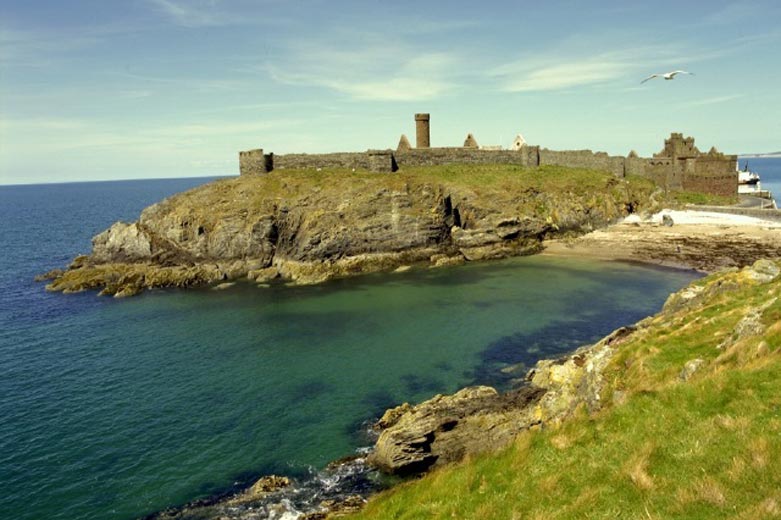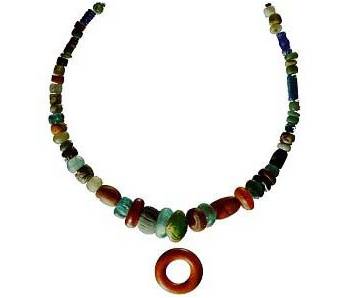
A 1980s archaeological dig on St Patrick's Isle in Peel uncovered a great many fascinating finds.
During the 1980s, there was a major archaeological dig on St Patrick's Isle, undertaken by David Freke and the University of Liverpool.
There were many fascinating finds, some dating back eight thousands years, to the time of the nomadic tribes of hunter-gatherers who roamed the shores of Britain.
Other discoveries included the outline of buildings from the Iron Age, and evidence of continuous occupation through the Dark Ages to Mediaeval times and beyond.
Human Skeletons
The alterations that had been made to buildings provoked much interest, as did the discovery of many human skeletons in a cemetery that began being used in the 7th century.
At that time it was a Christian burial ground, but for a period in the 10th century it was pagan, as the waves of Vikings came to the Island, and then afterwards, until the 16th century it became Christian again.
The bones from this cemetery yielded a great deal of information about the Manx population through the ages. They were not much smaller than today's people, and analysis showed that their diet was fairly balanced.
There were cases of osteo-arthritis, with frequent signs of damage to the spine caused by repeatedly lifting heavy weights. But it was notable that there were very few cases of broken bones, surprising for a population whose members worked on the land or at sea.
Most people seemed to suffer from gum disease and tooth decay, and abscesses were common. Many of the women's teeth showed signs of wear, indicating that they had used their teeth for cutting thread or holding small objects.
'The Pagan Lady'
 One of the most spectacular finds was amongst the seven pagan graves discovered dating from the 10th century.
One of the most spectacular finds was amongst the seven pagan graves discovered dating from the 10th century.
One of them was particularly rich in objects and ornaments and after further excavation this turned out to be the richest Viking period female grave outside of Scandinavia.
Its occupant has since become known as 'The Pagan Lady', and her necklace, made of beads of glass, amber and jet brought to Peel possibly from as far away as Italy and the northern Baltic, proved to be the most spectacular find of the dig.

